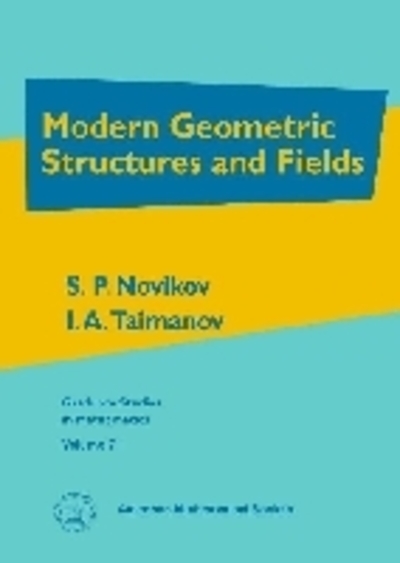
The book presents the basics of Riemannian geometry in its modern form as geometry of differentiable manifolds and the most important structures on them. The authors' approach is that the source of all constructions in Riemannian geometry is a manifold that allows one to compute scalar products of tangent vectors. With this approach, the authors show that Riemannian geometry has a great influence to several fundamental areas of modern mathematics and its applications.In particular, Geometry is a bridge between pure mathematics and natural sciences, first of all physics. Fundamental laws of nature are formulated as relations between geometric fields describing various physical quantities. The study of global properties of geometric objects leads to the far-reaching development of topology, including topology and geometry of fiber bundles. Geometric theory of Hamiltonian systems, which describe many physical phenomena, led to the development of symplectic and Poisson geometry. Field theory and the multidimensional calculus of variations, presented in the book, unify mathematics with theoretical physics. Geometry of complex and algebraic manifolds unifies Riemannian geometry with modern complex analysis, as well as with algebra and number theory. Prerequisites for using the book include several basic undergraduate courses, such as advanced calculus, linear algebra, ordinary differential equations, and elements of topology.
| ISBN: | 9780821839294 |
| Publication date: | 30th November 2006 |
| Author: | S P Novikov, I A Taimanov |
| Publisher: | American Mathematical Society |
| Format: | Hardback |
| Pagination: | 633 pages |
| Series: | Graduate Studies in Mathematics |
| Genres: |
Differential and Riemannian geometry |